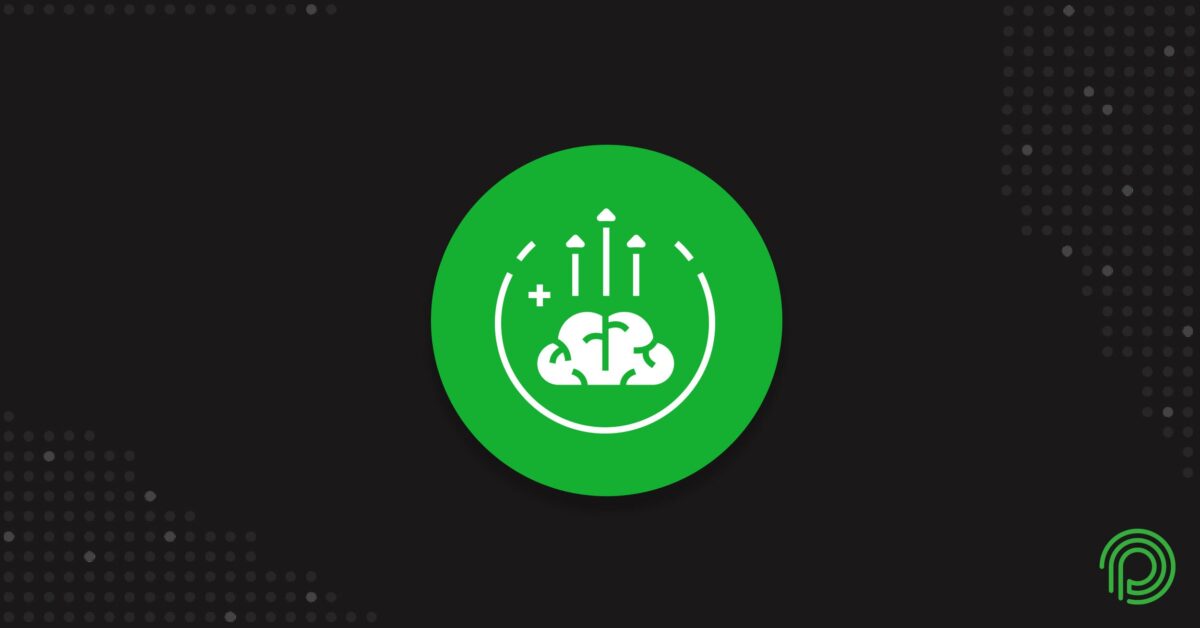We all heard about the “Great Resignation” — workers’ mass exodus from their pre-pandemic jobs in 2022. But did you know that this evacuation included leaders? These prized employees are still a flight risk today.
Let’s look at some of the specifics of this reality. Did you know that more women leaders than their male counterparts are leaving their jobs? According to the 2022 Women in the Workplace report from LeanIn.org and McKinsey & Company, women leaders are departing for new jobs at the highest rate in years.
“We really think this could spell disaster for companies,” Rachel Thomas, CEO of LeanIn.Org, told NPR in an interview. “We already know women are underrepresented in leadership, and now companies are starting to lose the precious few women leaders they do have.”
So here’s the big question: How do we stop this trend?
Give the people what they want: Opportunity
McKinsey’s report highlighted the fact that women and men in leadership wanted to be promoted. In fact, among those who switched jobs in the past two years 48% of women said they did so because they wanted to advance. This trend held true among more junior workers, too: 58% of women under 30 said advancement has become more important to them in the past two years.
The women who are departing for greater opportunities are sending a clear message to those they left behind. “Women leaders are saying effectively, ‘We’ve had enough,'” Thomas told NPR. “‘We’re ambitious. We want successful careers. But we’re going to go look for organizations that are delivering the work culture that we also want.'”
What does that work culture look like? To attract, retain and advance women, workplaces must deliver a couple of key things:
-
Flexibility: According to McKinsey’s report, only 1 in 10 women want to mostly work on site.
-
Inclusivity: While child care and commuting time likely factor into the widespread desire to work from home, sexism plays a role, too. Women at the office are 1.5 times as likely to face demeaning behavior compared to those who telecommute.
-
Manager mentorship: Less than half of women say their manager displays interest in their career and assists them in managing their workload.
Providing a road to leadership
Employers that want to keep their leaders — and especially the women in their managerial ranks — know their mission: They must provide ample opportunity, and the training to go with it.
Leaders who are interested in honing their skill can start with PeopleBest. With our forthcoming resource, the Leadership Brief, leaders can identify their natural leadership style and the upsides and downsides that come with it. The Leadership Brief equips leaders with the information they need to grow in agility and adapt their strengths to whatever situation should arise.
To find out how PeopleBest can help you retain and sharpen the leaders at your organization, Book your reservation now and we’ll send you a link. Send us your name and email address to: [email protected] and look for a link soon!
PeopleBest is a revolutionary, simple and powerful way to capture the exact ‘DNA of success’ inside people, teams and companies











